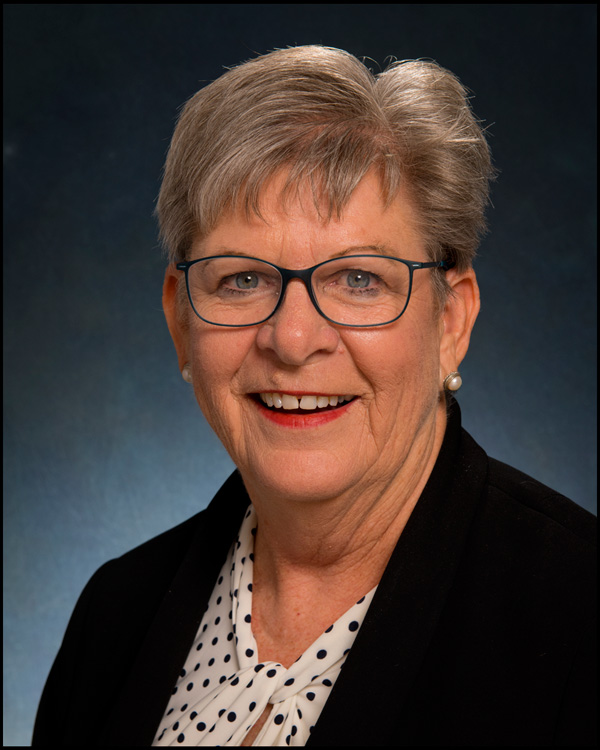The Board of Directors of the Gulf of Mexico Coastal Ocean Observing System (GCOOS) announced the upcoming retirement of its Executive Director, Dr. Barbara Kirkpatrick, and the national search the organization is undertaking for its next leader.
Dr. Kirkpatrick, who has served as Executive Director of GCOOS since 2014, has been instrumental in raising the profile of the observing system nationally, bringing new assets to the Gulf of Mexico, broadening the scope of the organization to include biological aspects of ocean monitoring, and in advancing the regional association’s organizational foundation and partnerships.
During her extraordinary tenure, GCOOS created the organization’s first Strategic Plan and began using it as a guiding framework. GCOOS also led the way nationally in implementing stronger data security protocols and standards, ensuring that the organization was providing accurate and timely data to its users, and expanding the products it delivered to a wider range of audiences.















